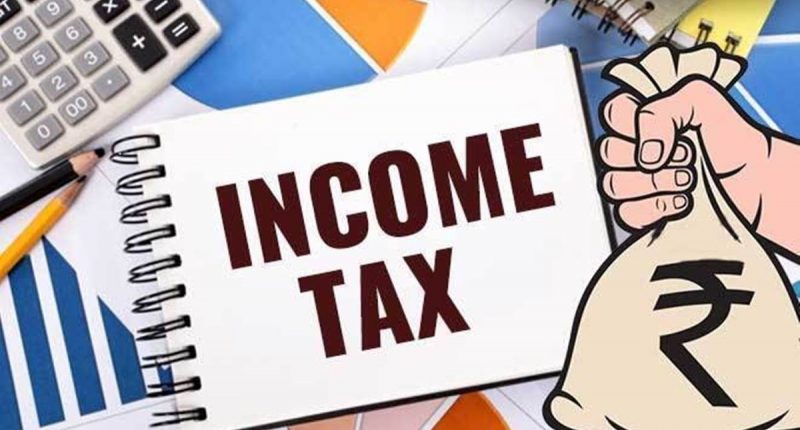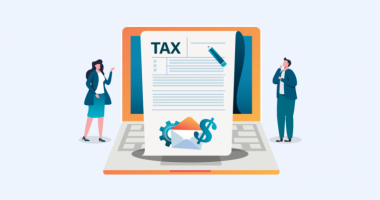The financial year (FY) 2023-24 will culminate in a few months from now and it is time to ensure every individual has initiated optimum tax planning. There are plenty of investment tools to opt for and save on tax while earning respectable returns in the bargain.
Before choosing the investment instrument, an investor should be aware of their risk appetite, investment goals, and time horizon.
The portfolio of investments must be constructed with a focus on the safety of capital and maximising returns depending on risk appetite. The risk appetite differs from one individual to another. That is why portfolios can differ for each investor, too.
However, in case the risk appetite is low, the returns are likely to be low. In this regard, diversification across different asset classes can aid in balancing risk and returns.
Under Section 80C of the Income-Tax Act (ITA), 1961, various investment options are available to save tax. The categorisation of such investment tools, depending on the risk they carry, could include low to moderate risk and moderate to high risk.
Generally, low to moderate-risk options provide safety of capital and yield lower returns, which are usually in the range of 6-8.5%. While considering the current inflation environment, such returns just about match the inflation erosion of returns.
For any investor, the core idea is to invest just about enough to ensure the safety of capital in these instruments and aim for higher returns with the rest of the investments.
Low to moderate risk: Some of the options that don’t carry a high risk of capital erosion, though tend to give lower returns, include:
- Public Provident Fund (PPF): This is a government-backed savings scheme with a fixed interest rate and is regarded as a low-risk investment. At present, the yields are at 7.10% interest.
- Employees’ Provident Fund (EPF): These contributions are regarded as relatively safe as they are managed by the government and offer a fixed interest rate of 8.15%.
- National Savings Certificate (NSC): This is a low-risk investment tool with a fixed interest rate of 7.70%, compounded annually.
- Five-year fixed deposit (FD) with the bank: Tax-saving FDs usually offer a fixed interest rate.
- Senior Citizens Savings Scheme (SCSS): This scheme is regarded as relatively safe and offers the highest interest payout of 8.20%. However, investments in this scheme have a cap of Rs 30 lakh for every investor above 60 years of age.
- Sukanya Samriddhi Yojana (SSY): This is regarded as a safe option with a fixed interest rate for a girl-child. However, the amount can be redeemed only when the child is 18 years of age.
Moderate to high risk: For those with a higher risk appetite, the tax-saving options could be included among the ones listed below. Generally, returns from such instruments are not guaranteed and can be lumpy. In case an investor can hold on to them on a long-term basis, the returns can be much higher than the inflation rate. This could help in building a healthy wealth corpus in the long term.
Also, it is crucial to note that returns from market-linked investments such as equity-linked saving schemes and the National Pension System (NPS) are subject to market risks and can test any investor’s patience while yielding returns.
- Equity-linked saving scheme (ELSS): Such funds invest in the equity market. Though ELSS has the potential for higher returns, they are associated with market-related risks.
- National Pension System (NPS): This allows for equity exposure, making it subject to market risks. However, it also includes debt and government securities (G-Secs), reducing the overall risk. An investor can choose how much of equity exposure they want in their NPS. In case an investor opts for lower equity, it becomes a safer choice but yields lower returns.
- Life insurance: This in itself is not an investment. While traditional insurance plans offer quite low returns and carry low risk, unit-linked insurance plans (ULIPs) tend to have market-related risks.
Apart from Section 80C, which provides deductions for various investments and expenses, there are other sections under the ITA that provide tax-saving opportunities to investors as well.

Rajiv is an independent editorial consultant for the last decade. Prior to this, he worked as a full-time journalist associated with various prominent print media houses. In his spare time, he loves to paint on canvas.





